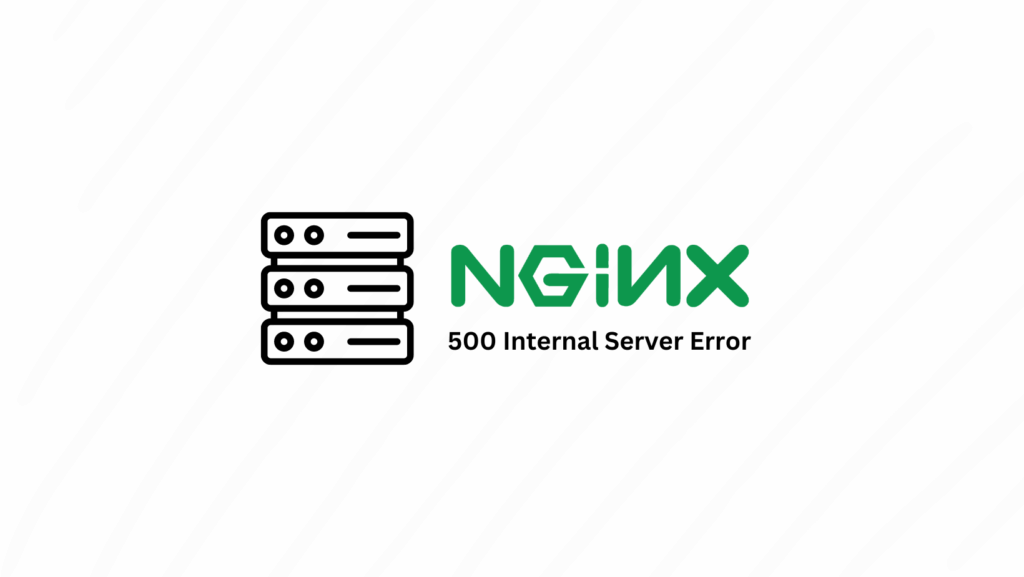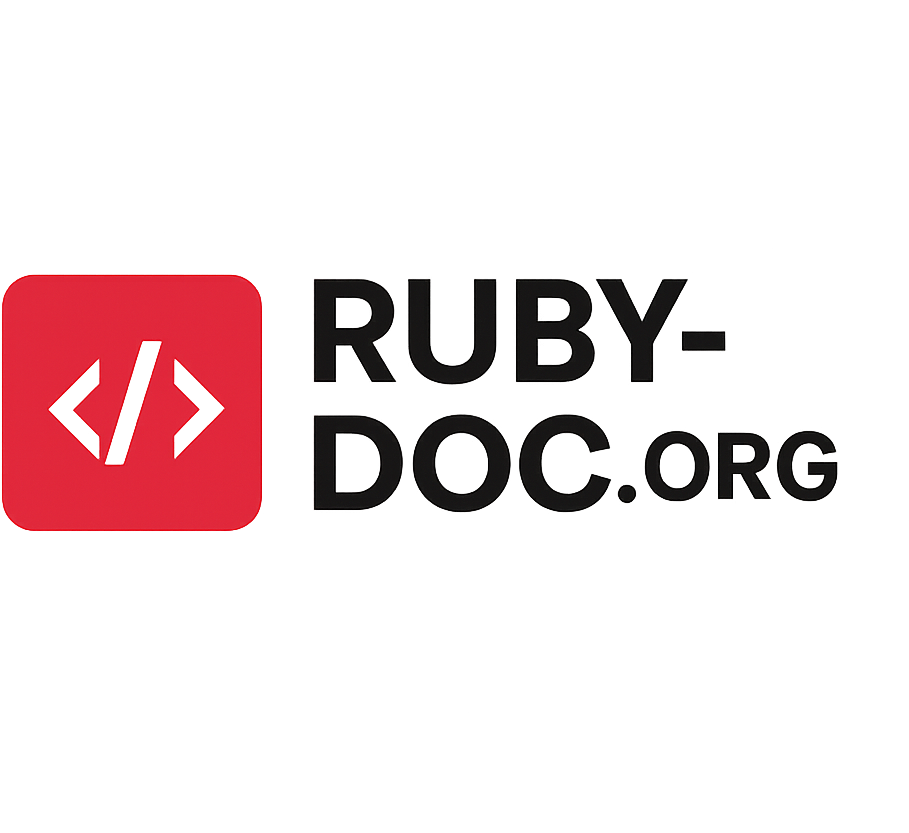
If you’ve ever encountered the “500 Internal Server Error” while using a website hosted on Nginx, you’re not alone. This cryptic message typically indicates a problem on the server side, but it can be frustratingly vague. In this guide, we’ll break down the 500 internal server error in Nginx, explore what causes it, and provide actionable solutions to help web admins and developers resolve and prevent this issue.
What is a 500 Internal Server Error?
A 500 Internal Server Error is a generic HTTP status code that signals that something has gone wrong on the web server, but the server could not be more specific about what the exact problem is. It doesn’t necessarily point to Nginx itself but often stems from backend scripts, misconfigurations, or permission errors.
When Nginx is acting as the web server or reverse proxy, it passes along this error when it can’t process a request properly—usually because an upstream server or script failed to execute correctly.
Common Causes of 500 Internal Server Error in Nginx
1. Faulty PHP Scripts or Application Code
Errors in backend code such as PHP, Python, or Node.js can easily lead to 500 errors. These can include:
- Syntax errors
- Fatal exceptions
- Unhandled server-side logic
2. Incorrect File or Directory Permissions
Nginx requires certain file and directory permissions to serve content. Incorrect permissions can prevent it from accessing critical files, triggering a 500 error.
3. Missing or Incorrect Nginx Configuration
Errors in your nginx.conf file or virtual host settings (e.g., incorrect paths, syntax issues, or missing modules) may lead to this error.
4. Issues with FastCGI or PHP-FPM
When Nginx is paired with PHP-FPM to process PHP files, misconfiguration between these components—like incorrect socket paths or insufficient memory—can lead to 500 errors.
5. Resource Limits Exceeded
Servers have limits on CPU usage, memory, and concurrent processes. If your application exceeds these limits, the server may respond with a 500 error.
6. .htaccess File Misuse (Apache Compatibility)
Although Nginx does not use .htaccess files, leftover files from previous Apache setups can cause misbehavior or unexpected routing issues (see here).
How to Troubleshoot a 500 Internal Server Error in Nginx
✅ Step 1: Check Nginx Error Logs
Begin by examining Nginx’s error log, usually located at:
bashCopyEdit/var/log/nginx/error.log
Look for recent entries that correspond to the time of the error. Common error messages might indicate problems with FastCGI, upstream servers, or missing files.
✅ Step 2: Review Application Logs
For PHP apps, check your application logs or PHP-FPM logs:
bashCopyEdit/var/log/php7.4-fpm.log
or
bashCopyEdit/var/log/php-fpm/error.log
This will often show fatal errors, memory limit issues, or undefined variables causing script failures.
✅ Step 3: Test Permissions and Ownership
Use ls -l to verify that:
- Files are readable by Nginx (usually owned by
www-data) - Directories have executable (
x) permissions
Example:
bashCopyEditsudo chown -R www-data:www-data /var/www/html
sudo find /var/www/html -type f -exec chmod 644 {} \;
sudo find /var/www/html -type d -exec chmod 755 {} \;
✅ Step 4: Check Nginx Configuration
Test the Nginx configuration for syntax errors:
bashCopyEditsudo nginx -t
If errors are present, correct them and reload Nginx:
bashCopyEditsudo systemctl reload nginx
✅ Step 5: Validate FastCGI Configuration
Ensure the fastcgi_pass directive in your Nginx site config is pointing to the correct socket or port.
Example:
nginxCopyEditlocation ~ \.php$ {
include fastcgi_params;
fastcgi_pass unix:/run/php/php7.4-fpm.sock;
fastcgi_param SCRIPT_FILENAME $document_root$fastcgi_script_name;
}
If the socket file doesn’t exist or has wrong permissions, PHP won’t process requests correctly.
How to Fix the Error
Here’s a summary of common fixes:
| Cause | Solution |
|---|---|
| PHP script error | Review logs and debug application code |
| Permission error | Adjust file and folder permissions to correct values |
| Nginx misconfiguration | Test and fix Nginx config using nginx -t |
| PHP-FPM issues | Restart PHP-FPM: sudo systemctl restart php7.4-fpm |
| Resource limitations | Check server limits or upgrade hosting plan |
Preventing 500 Errors in the Future
While occasional issues can happen, here are ways to prevent recurring 500 errors:
🧰 Implement Robust Logging
Ensure all components (Nginx, application, PHP-FPM) are properly logging errors. Centralized log monitoring tools like Loggly or ELK Stack can help spot issues early.
🔐 Use Proper Permissions and User Roles
Avoid using chmod 777 or chown root on web files. Always assign minimal necessary permissions.
⚙️ Set Up Health Checks
If Nginx proxies to an upstream server, use proxy_next_upstream and health_check to route around failed instances.
🧪 Continuous Integration & Testing
Use CI pipelines and staging environments to catch bugs before they go live.
When to Ask for Help
If you’ve exhausted your troubleshooting efforts, it may be time to consult:
- Nginx official documentation
- Stack Overflow’s Nginx tag for community-driven advice
Or, consider reaching out to your hosting provider for server-level support.
Final Thoughts
The 500 internal server error Nginx might appear intimidating, but it’s often caused by solvable issues like misconfigurations or faulty backend code. By systematically reviewing your logs, verifying permissions, and following best practices, you can resolve and prevent these errors with confidence.
Understanding how Nginx interacts with your application stack is the first step to maintaining a stable, error-free environment.
Read about how to sort a 502 bad gateway Nginx error too!
